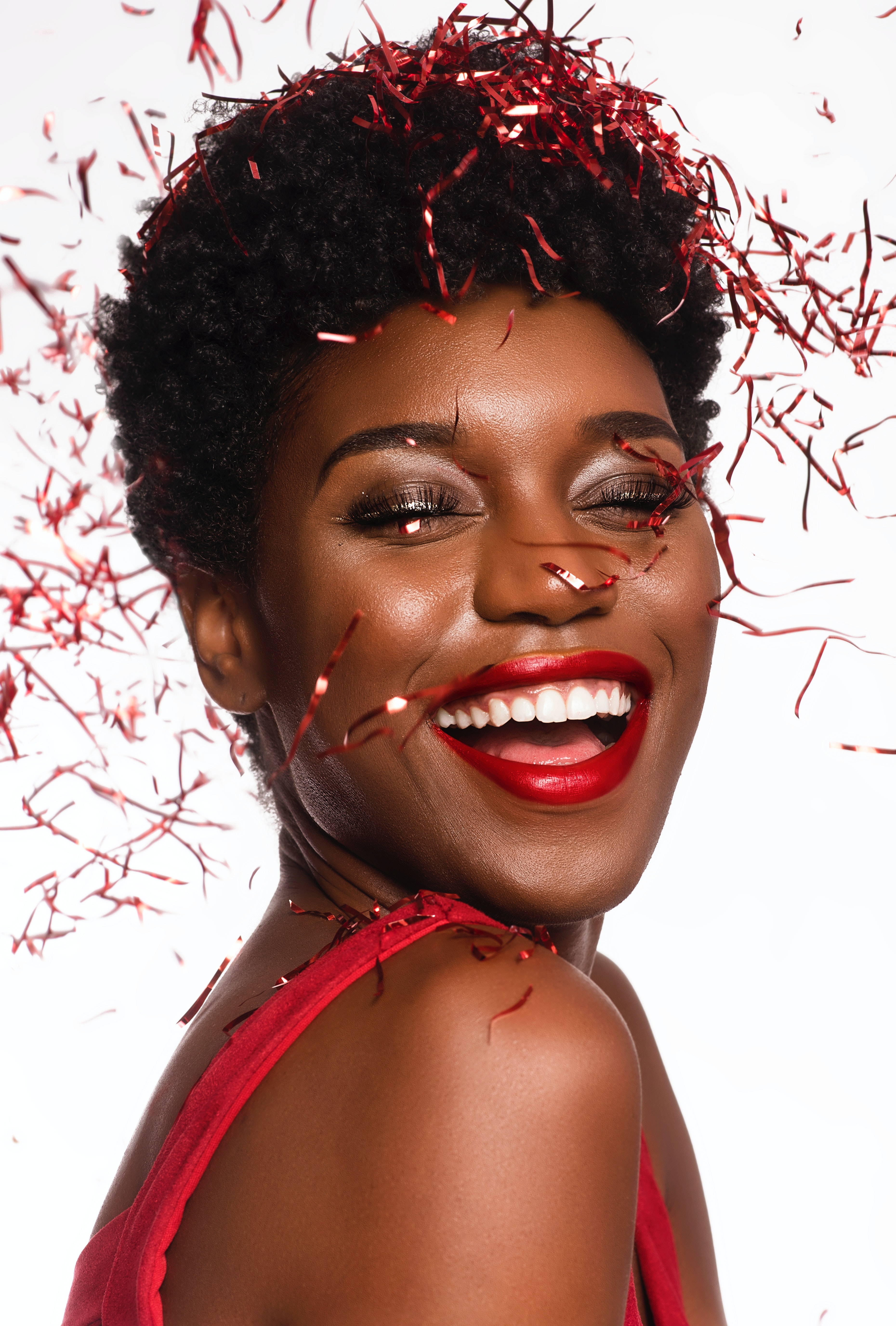Why use a spin-brush when a regular toothbrush is more affordable?
- Elizabeth

- Oct 4, 2019
- 3 min read
Updated: Oct 8, 2019
Which TOOTHBRUSH IS THE RIGHT ONE FOR YOU? Have you ever wondered which toothbrush is the right toothbrush for you? Why after brushing your teeth so much , you still end up having cavities or very sensitive teeth?
You were told by your Dental Hygienist or Dentist to use a soft toothbrush instead of a hard or medium but you still feel sticky stuff all over your teeth and they don't feel nice, smooth and clean after you brush with a soft toothbrush.
The hard or medium bristled toothbrush does an undeniably fantastic job at erasing plaque, food debris, gum, bone and enamel from the surfaces of your teeth so much that the dentin becomes exposed and the teeth are now sensitive to hot or cold temperatures.
Not to mention how long the teeth start to look when smiling exposing two or three different shades of yellow or brown teeth in the mouth where bleaching won't help.
Additionally brushing the teeth with a hard toothbrush with strokes in a horizontal direction so hard until the head is moving is a sure way to damage gum tissue in no time.
Now that is why it is important to listen to the Dental Hygienist and the Dentist. Who likes to feel pain or discomfort when brushing? A nice full-head soft toothbrush massages the gum, cleanse the teeth beautifully and removes only the unwanted parasites.
Whenever the manual dexterity becomes compromised, it is very important to make the necessary adjustments to your oral care techniques to maintain good oral health.

According to the ADA, a good toothbrush is one that is safe and efficacious for the removal of plaque and the reduction of gingivitis.
When selecting a toothbrush consider the parts of the toothbrush and what you would like to achieve out of its use along with your level of comfort.
1. BRISTLES
Should not fall out with normal use.
Standard toothbrushes have between 5000 and 1000 bristles in head. The main types of bristles are soft bristles, extra soft, medium and hard.
Bristles are arranged in the head of the toothbrush in various ways , Multi-level, Angled, Dome bristles, Rippled bristles or Flat bristles.
Bristles should be flexible to curve around the teeth and gum to get into crevices, helping to preserve tooth enamel and gum tissue.
Soft bristles can massage the gum to increase blood circulation promoting gingival health while gently removing plaque and harmful bacteria from the teeth without irritation and discomfort.
Multi-level or Angled bristles are considered to be more effective at removing dental plaque bio-film from the surfaces of the teeth than flat-trimmed bristles.
Nylon bristles can be economical, hygienic and durable. Nylon bristles can help to reduce stress on the teeth.
Hard bristles are more likely to destroy enamel and gum. The use of a toothbrush with hard bristles over time may cause gum recession and toothbrush abrasion, resulting in sensitive teeth, sometimes cavities or exposed nerve chambers.
2. HANDLE
Handles should be firm , stay in place, comfortable and easy to hold.
The area of the handle closet to the head of the toothbrush should be firm.
Too much flexibility may result in the use of increased force or pressure to brush the teeth causing abrasion on some teeth and increased plaque accumulation on others.
The handle of the toothbrush can be modified for better comfort and easy grasp or grip if the manual dexterity is compromised.
3.SIZE
The Size of the toothbrush should not be too big or too small. The toothbrush must fit the mouth comfortably to clean all teeth.
If the head of the toothbrush is too big it will be difficult to reach the back of the mouth in order to clean the sides of the teeth and behind the molars. A small compact head makes it easier to reach the molars.
4.SHAPE
The shape of head of the toothbrush may be tapered, rectangular, diamond shaped, oval or round.





Comments